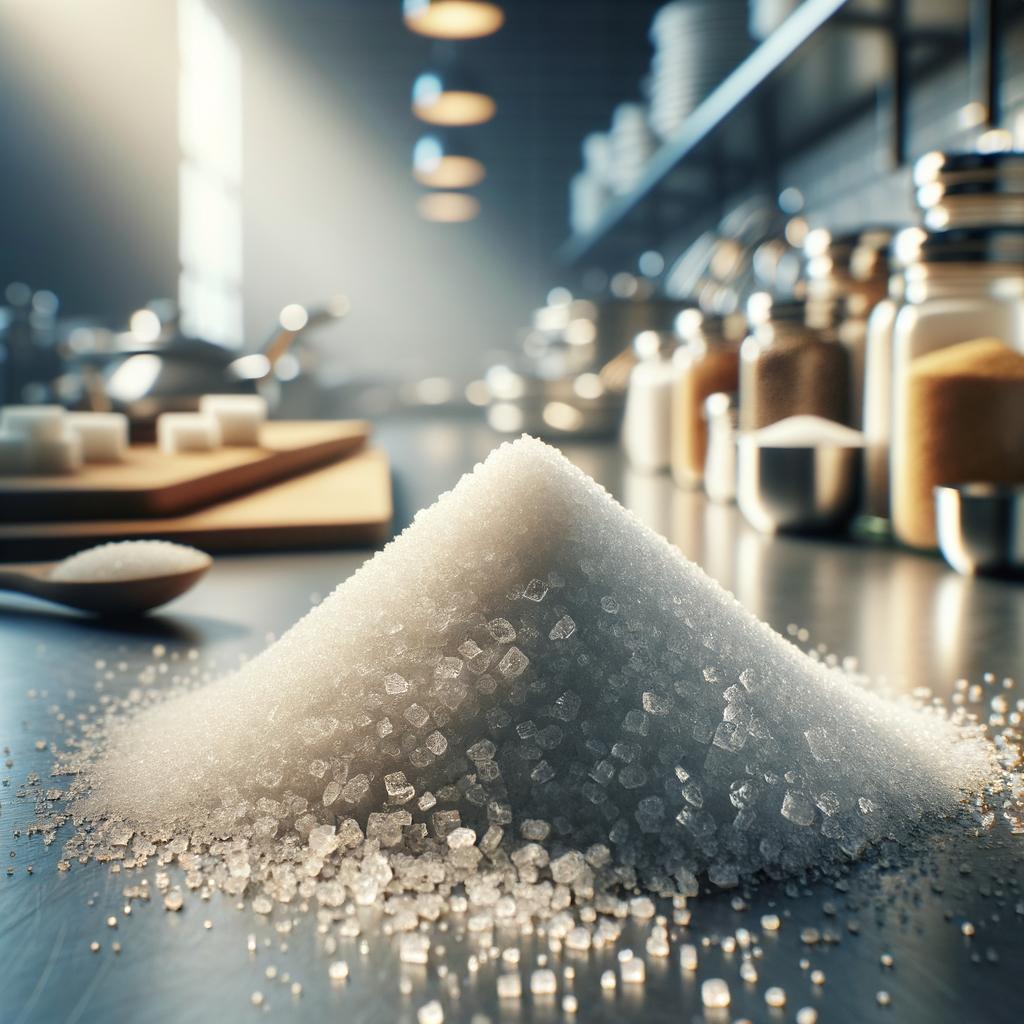Sugar for Caramelizing

Description
Sugar, a crystalline substance of sweet delight, is the star ingredient in the world of confectionery and baking. It gleams with a gem-like transparency, transforming from granulated white grains to a smooth, glossy syrup when heated. The texture is fine, granular, and dissolves easily in liquids. Its flavor profile is predominantly sweet, but when caramelized, it develops a complex bouquet of flavors - a sweet, slightly bitter, nutty taste that enhances the overall flavor of any dish. What sets sugar apart from other sweeteners is its ability to undergo caramelization, a process that not only changes its color to a glamorous golden brown but also intensifies its flavor.
Primary Uses
Sugar is a versatile ingredient, used in myriad ways in the culinary world. From sweetening beverages and desserts to acting as a preservative in jams and jellies, sugar's uses are vast and varied. It also plays a pivotal role in baking, aiding in the browning and leavening of baked goods. In the realm of savory cooking, it balances the flavors and cuts the acidity of dishes. Its caramelized form is a key component in a range of cuisines, from the caramel flan of Spain to the Vietnamese caramel chicken. Beyond its culinary uses, sugar has been used for medicinal purposes, like in traditional remedies for treating wounds or as a quick energy source.
History
Sugar has a rich and intriguing history, dating back to ancient times. Originating in the South Pacific around 8000 BC, it slowly made its way to the Indian subcontinent where it was first refined. The romantic tales of explorers and traders spreading this 'sweet salt' across the globe are legendary. In medieval Europe, sugar was a luxury item, often used as a show of opulence. Over time, its popularity skyrocketed, and it became an essential ingredient in kitchens worldwide. Sugar's ability to caramelize was discovered by accident, leading to a whole new world of culinary possibilities and paving the way for iconic dishes like crème brûlée and caramel candies.
Nutritional Information
While sugar is high in energy-providing carbohydrates, it is low in other essential nutrients, earning it the label of 'empty calories'. It does not contain any vitamins or minerals. Consuming sugar in moderation is key as excessive intake can lead to health risks like obesity, tooth decay, and diabetes. Compared to other sweeteners like honey or maple syrup, sugar has a higher glycemic index, causing a quicker spike in blood sugar levels. However, when used wisely and sparingly, sugar can contribute to the pleasure of eating, enhancing the flavors of foods and creating culinary masterpieces.

